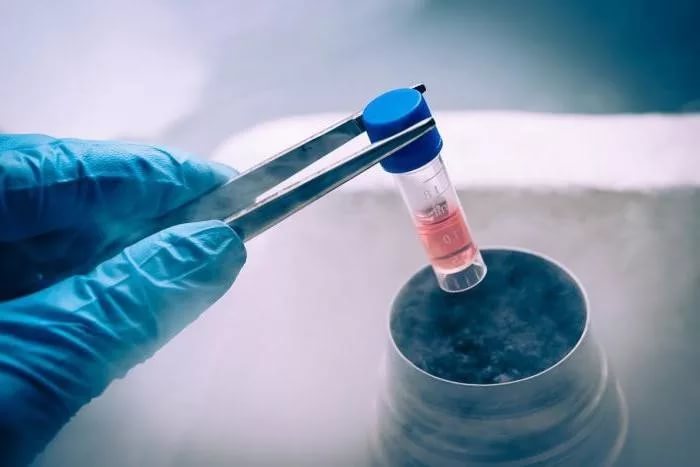Saline Infusion Sonohysterography (SHG), commonly referred to as a saline sonogram or sonohysterogram, stands as a groundbreaking diagnostic technique within the realm of gynecology. Its primary function is to furnish an intricate and comprehensive view of the uterus’s interior and its lining. This exhaustive guide aims to dissect the multifaceted nature of SHG, shedding light on its objectives, efficacy, procedural nuances, and its positioning relative to other diagnostic methodologies such as Hysterosalpingography (HSG).
At its core, Saline Infusion Sonohysterography is a sophisticated, non-invasive ultrasound-based procedure that significantly amplifies the visualization capabilities of the uterine cavity. This is achieved by the infusion of a saline solution into the uterus via a slender catheter, which in turn, produces a stark contrast on ultrasound imagery. Consequently, this allows for an unparalleled examination of the uterine lining, facilitating the detection of potential abnormalities such as fibroids, polyps, adhesions, or even congenital uterine anomalies.
Purpose and Necessity
The utilization of SHG is predominantly aimed at exploring the underlying causes of unexplained uterine bleeding, infertility, recurrent miscarriages, or anomalies previously identified during routine ultrasounds. Its ability to provide a more delineated image of the endometrial cavity renders it an invaluable tool in the diagnosis of conditions that may impair fertility or affect uterine health in a broader sense.
Procedural Overview
PRE-PROCEDURE PREPARATIONS
The preparatory steps for undergoing an SHG entail abstaining from sexual intercourse, tampon use, and douching for a period of 24 hours prior to the test. It’s often recommended that patients take a mild pain reliever an hour before the procedure to ease any potential discomfort. The timing of the SHG is critical, typically scheduled immediately following the conclusion of menstruation but before ovulation, to ensure the endometrial lining is at its thinnest.
DURING THE PROCEDURE THE SHG PROCESS IS SWIFT AND INVOLVES SEVERAL KEY STEPS:
- A speculum is inserted into the vagina, akin to a standard gynecological exam, to provide a clear view of the cervix.
- A fine catheter is carefully introduced through the cervix into the uterine cavity.
- Saline solution is then infused through the catheter, enlarging the uterine cavity and enabling a vivid depiction of its structure and lining through ultrasound.
Post-Procedure Care
Following the procedure, the body naturally expels the saline solution via the vagina. Patients are generally able to return to their normal activities almost immediately, although some might experience mild cramping or spotting temporarily.
Efficacy and Benefits
SHG boasts a high degree of accuracy in detecting uterine abnormalities, offering superior imaging quality compared to standard transvaginal ultrasounds. Its proficiency in detailing the uterus’s interior renders it an essential instrument in the field of reproductive health diagnostics.
Key benefits of SHG include its non-invasive nature, lack of radiation exposure, and exceptional imaging capabilities, particularly in assessing the endometrial cavity and uterine lining.
Risks and Minor Discomforts
Despite its safety, SHG is associated with minimal risks, such as the possibility of infection, slight cramping, or spotting after the procedure. The risk of inadvertently puncturing the uterus with the catheter is exceedingly rare.
Comparative Analysis with Hysterosalpingography (HSG)
While both SHG and HSG are employed to evaluate the uterus and fallopian tubes, HSG uses an iodine-based dye and X-rays to assess tubal patency and the structural configuration of the uterus and fallopian tubes, mainly for infertility evaluations. Conversely, SHG utilizes a saline solution and ultrasound for a safer, less discomforting experience devoid of radiation exposure, with a focus on the uterine cavity and endometrial lining.
Conclusion
Saline Infusion Sonohysterography emerges as a pivotal, safe, and minimally invasive diagnostic instrument for scrutinizing the uterine cavity and its lining. Its capacity to deliver detailed imagery is paramount in diagnosing various uterine conditions, thereby playing a vital role in managing infertility, recurrent miscarriages, and unexplained uterine bleeding. Particularly for individuals undergoing IVF with egg donation, SHG is instrumental in ensuring the uterine environment is conducive to embryo implantation. Despite the minimal associated risks, the advantages of SHG in gynecological diagnostics and treatment planning are profound, establishing it as a preferred option among healthcare practitioners and patients alike.



 +9 053 38401892
+9 053 38401892 




